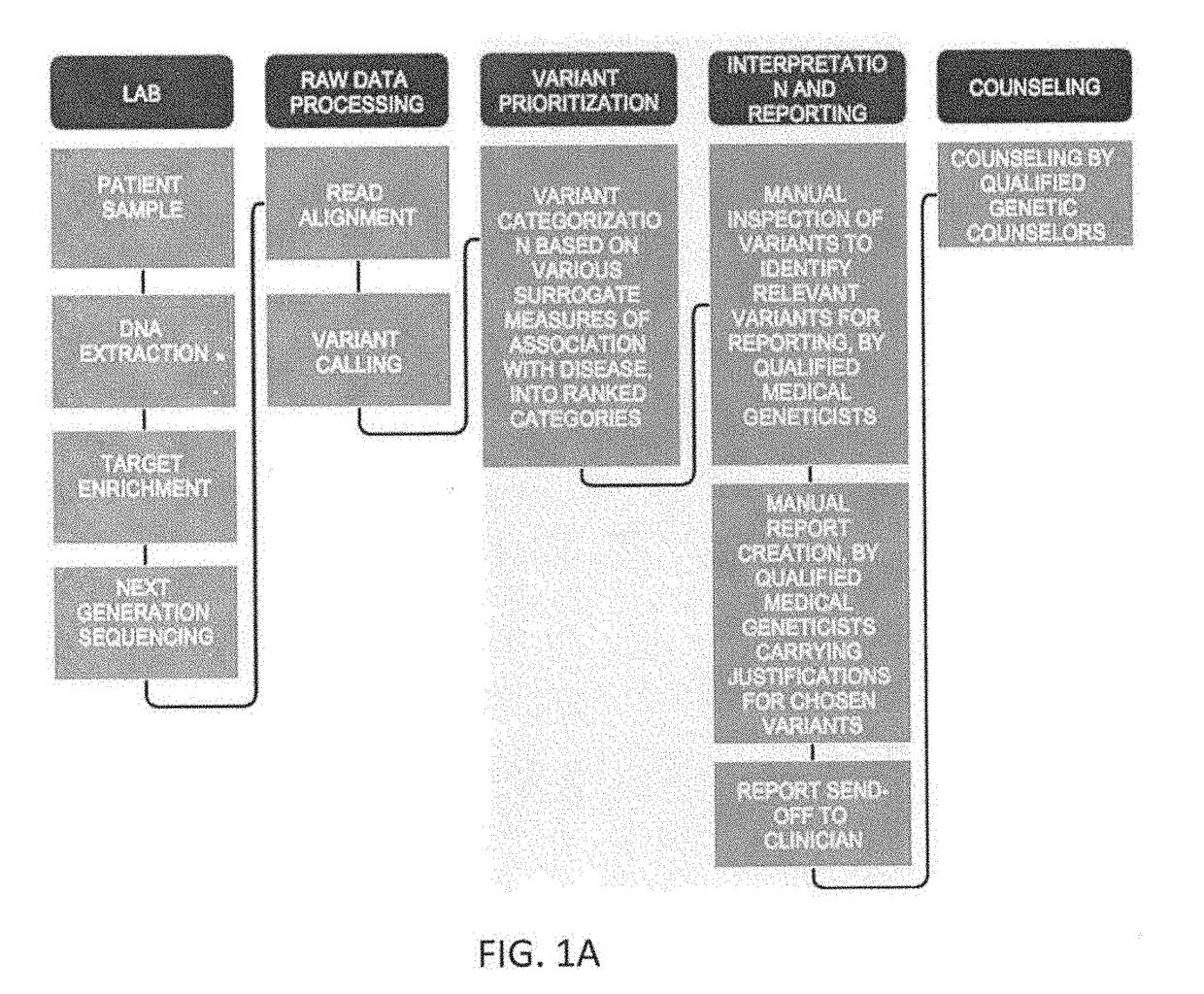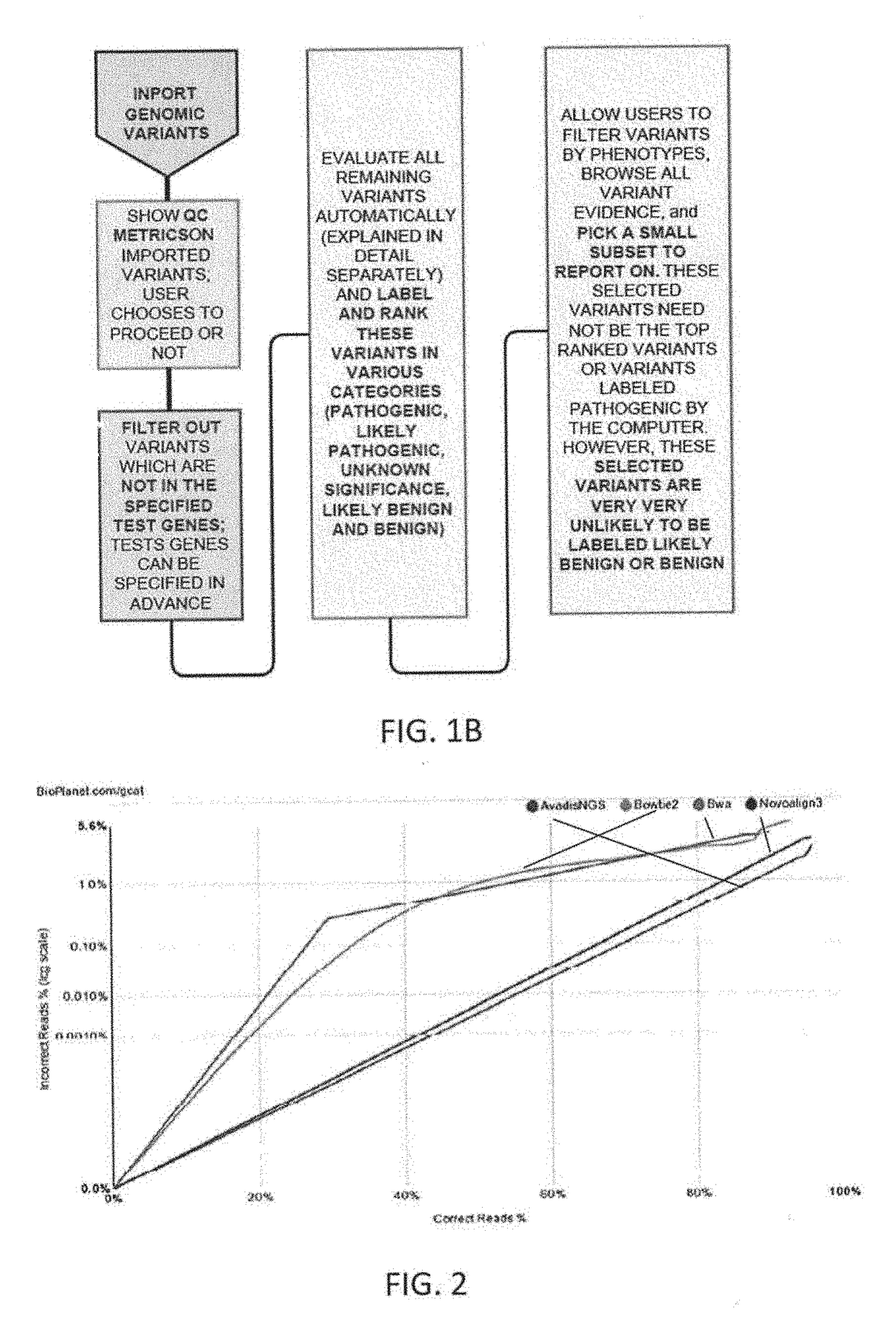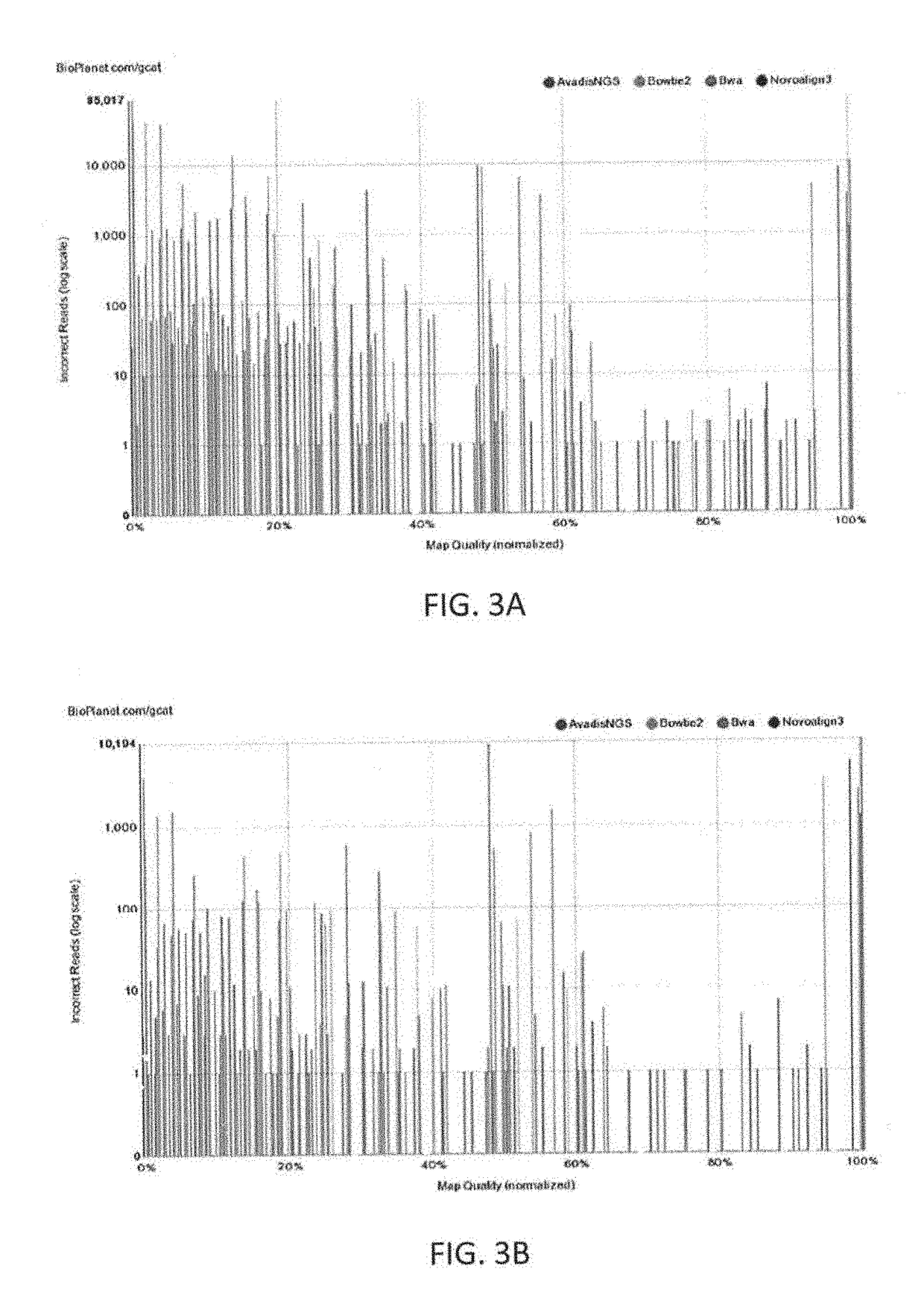Apparatuses and methods for determining a patient's response to multiple cancer drugs
a technology for cancer drugs and patients, applied in the field of apparatuses and methods for determining the response of patients to multiple cancer drugs, can solve the problems of difficult or impossible to predict which cancer therapies (including cancer drugs) will be effective in treating a particular cancer type of a particular patient, confusion, and sometimes conflicting, and the information is exceedingly difficult to generalize between patients
- Summary
- Abstract
- Description
- Claims
- Application Information
AI Technical Summary
Benefits of technology
Problems solved by technology
Method used
Image
Examples
Embodiment Construction
[0160]Described herein in general are methods, systems and treatments including (or related to) patient risk assessment, diagnosis, therapy recommendation, and clinical trials. For example, described herein are workflows including workflows for generic clinical genomics as described above, in reference to FIG. 1. There are minor variations to this workflow for each of the following 3 applications areas: (1) Germline Cancer; (2) Somatic Cancer; and (3) Inherited diseases.
[0161]Also described herein are systems and methods that may be used as part of a biopharma or government sponsored clinical trial. For example, described herein are clinical exome panels (including whole exome sequencing approaches) followed by a pipeline (described herein) for NGS data analysis and interpretation that may help discover novel biomarkers to aide in new drug clinical trials process. Once biomarkers are established for a particular drug to stratify patients into groups such as responders, non-responder...
PUM
 Login to View More
Login to View More Abstract
Description
Claims
Application Information
 Login to View More
Login to View More - R&D
- Intellectual Property
- Life Sciences
- Materials
- Tech Scout
- Unparalleled Data Quality
- Higher Quality Content
- 60% Fewer Hallucinations
Browse by: Latest US Patents, China's latest patents, Technical Efficacy Thesaurus, Application Domain, Technology Topic, Popular Technical Reports.
© 2025 PatSnap. All rights reserved.Legal|Privacy policy|Modern Slavery Act Transparency Statement|Sitemap|About US| Contact US: help@patsnap.com



